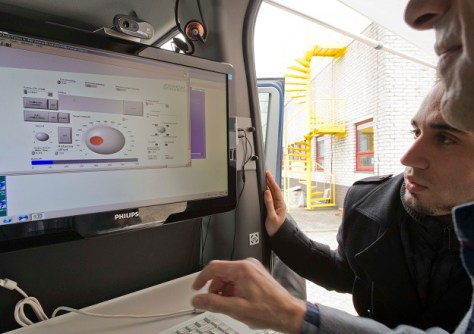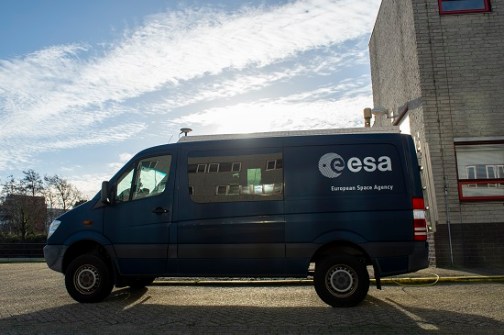
Users of the Galileo constellation can now obtain first position fixes up to three times faster than before, depending on location, thanks to an improved ‘I/NAV’ navigation message that is better at correcting decoding errors and recovering lost data.
In addition, receivers have faster access to the ultra-precise Galileo System Time without the need to decode the entire navigation message.
The improved I/NAV message was first demonstrated on the two most recently launched (December 2021) Galileo satellites. Prior to the launch, ESA — in cooperation with the European Union Agency for the Space Programme (EUSPA) and European Commission’s Joint Research Center — tested the new elements in the I/NAV message to ensure they would be backward compatible with legacy receivers. Tests of a wide variety of commercial Galileo receivers showed that there was no negative impact.
The European Space Agency (ESA) subsequently used its Galileo Time and Geodetic Validation Facility (a global network of monitoring stations) to show that all broadcast data are correct, and the as-measured performance is aligned to targets set in the design phase. And following the satellites deployment, ESA’s Navigation Laboratory drove two Telecommunications and Navigation Testbed Vehicles through the Dutch countryside and the centre of Rotterdam to test the performance improvements in rural and urban environments.

“The Galileo signals do provide the world’s most precise accuracy, down to decimetre-scale precision,” said Stefan Wallner, head of ESA’s Galileo G1 Signal in Space Engineering Unit.
“In order to benefit from the excellent accuracy of the Galileo system, the user has also to retrieve the corresponding navigation message from the Galileo signal even in challenging user environments — so the faster the better. In the Galileo navigation message, there was sufficient spare data capacity available to address this improvement.”
EUSPA has upgraded all in-service Galileo FOC satellites to broadcast the enhanced I/NAV message.






